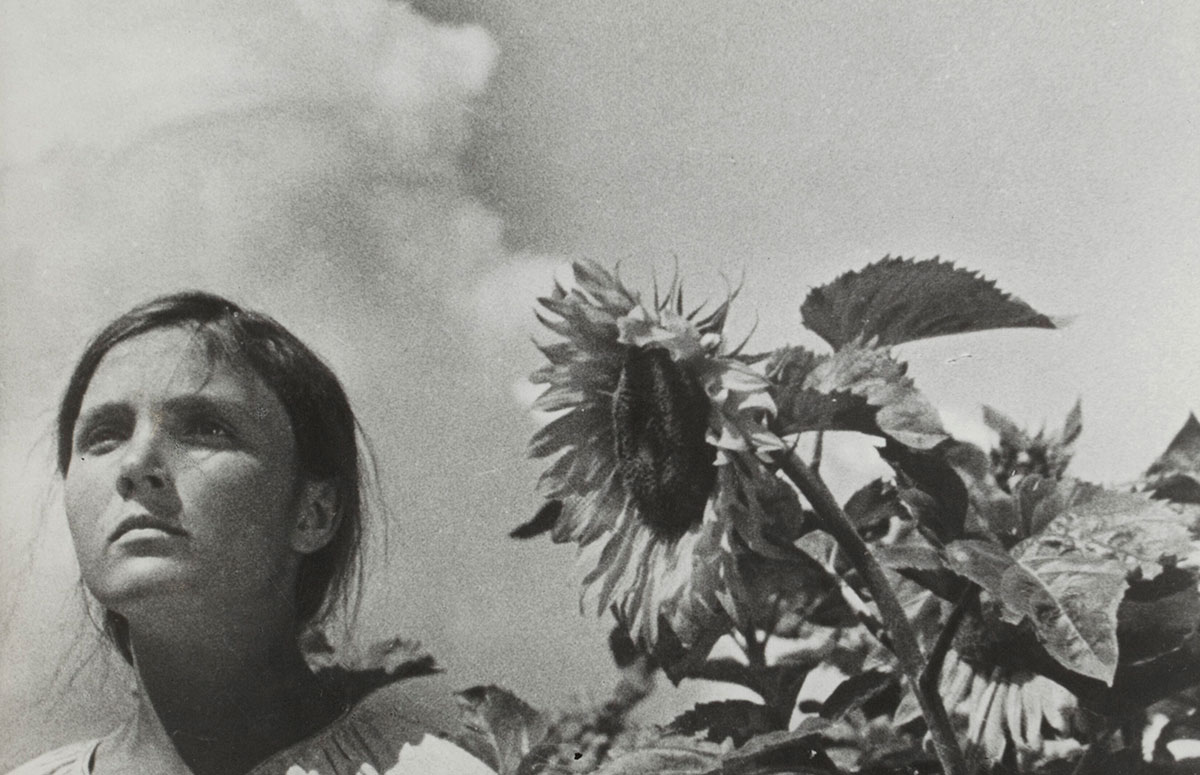
Isaac Julien Revisits Historical Narratives Through Film Editing

Isaac Julien’s Cinematic Dreamscapes: Art, Identity, and Restitution
Isaac Julien, the renowned British filmmaker and installation artist, is celebrated for his cinematic reimaginings of history, culture, and identity. With over three decades of work exploring Black and queer representation, Julien’s evocative and multilayered visuals continue to unsettle hegemonic narratives and usher in poetic alternatives to the archives of power. His ongoing retrospective, Isaac Julien: I Dream a World, hosted at the de Young Museum in San Francisco, marks his first full-scale US survey and is a landmark reflection of both his personal journey and broader socio-cultural histories.
A Visual Archive of Resistance
Julien’s work reinvents the archive, challenging the erasure often found in dominant historical records and reclaiming it as fertile ground for critical reinvention. At the center of his practice is a commitment to centering marginalized voices—those that have been historically sidelined in the construction of not only national and artistic canons but also public memory. In films like Looking for Langston (1989), Julien crafts an aesthetic genre altogether of his own—blending docudrama, literary adaptation, and lyrical exploration to illuminate the life and love of poet Langston Hughes. A cornerstone of New Queer Cinema, the work juxtaposes the Harlem Renaissance with contemporary Black gay experience, exploring themes of sexuality, silence, and liberation.
Julien’s approach to the archive is not rooted in nostalgia but in active reinterpretation. He privileges hybrid storytelling: weaving historical documentation with dramatized vignettes and establishing new visual possibilities for long-overlooked or suppressed autobiographies.
Restitution as Poetic Reclamation
Julien’s recent work, Once Again . . . (Statues Never Die) (2022), exemplifies his engagement with cultural restitution—articulating not only a legal question but an emotional and philosophical one. The film stages a fictionalized dialogue between Black philosopher Alain Locke and philanthropist Dr. Albert C. Barnes. Adapted from archival debates, their conversation serves as a metaphoric stand-in for the broader issue of repatriating African objects displaced during colonial rule.
Through this format, Julien performs what he calls a “poetic restitution,” restoring dignity and spiritual substance to artifacts long stripped of context in Western museums. He highlights the continued disconnect between African material culture and the Black diasporic communities who are its rightful heirs. This work contributes urgently to global discussions, especially amidst increasing calls for European and American museums—such as the British Museum—to return looted items like the Benin Bronzes.
Decentering the Center: Multichannel Installations
Technological advancement has played a crucial role in Julien’s evolution. Breaking the single-screen cinematic form, he introduced multichannel installations that immerse audiences within the work, obliging lateral movement, active viewing, and reconsideration of linear time. This transformative aesthetic strategy first gained wide attention with Ten Thousand Waves (2010), which layers ancient Chinese legends with the modern-day tragedy of Chinese immigrant laborers who died in northern England. Through its installation format, the work envelops viewers in the spiritual, temporal, and cultural dynamics Julien seeks to examine.
Julien treats the museum as a site full of potential—one that brings audiences into close, almost choreographed encounters with images that speak across generations, geographies, and ideologies.
Historical Cycles and Timeless Urgency
Julien’s emphasis on recursiveness—how themes like police violence, displacement, and invisibility persist across time—is reflected in his first short film, Who Killed Colin Roach? (1983), which investigates the mysterious death of a young Black man in police custody in East London. Julien points out that the questions raised by this early film remain tragically unresolved. From the 1980s to now, his work continues to respond to racial injustice, social struggle, and the battle over cultural memory.
His mid-career project, Lessons of the Hour (2019), centers on Frederick Douglass, portraying the 19th-century abolitionist’s insights as vital guides to understanding today’s struggles against systemic racism and inequality. Again, cinematic poetics meet activist message, demonstrating how Julien reframes historical resonance for contemporary resistance.
A Legacy in Motion
I Dream a World is not just a retrospective in the traditional sense; it’s a living dialogue. Beginning with early works like Looking for Langston and ending with poignant recent pieces like Once Again . . ., the exhibition offers a non-linear journey that invites audiences to step into alternate modes of seeing and remembering. Through mirrored walls, cascading projections, and spatialized sound, the exhibition stages time itself as elastic—a device of reflection, resistance, and reimagining.
Julien has often stated that he doesn’t view so-called “marginal” stories as peripheral but as central to the global conversation. His artistry insists on that centrality by offering a visionary space where intelligence, beauty, and justice converge.
The